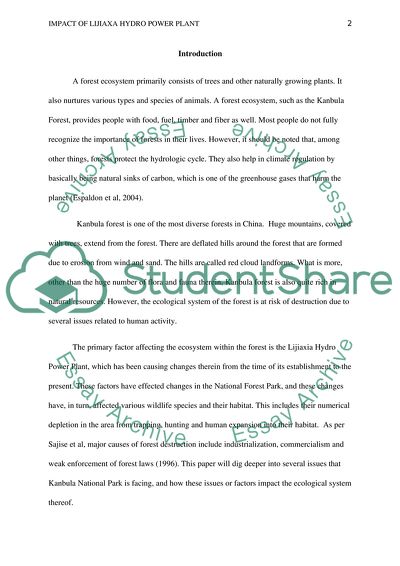Cite this document
(Kanbula National Park Term Paper Example | Topics and Well Written Essays - 2250 words - 3, n.d.)
Kanbula National Park Term Paper Example | Topics and Well Written Essays - 2250 words - 3. https://studentshare.org/environmental-studies/1752191-term-paper
Kanbula National Park Term Paper Example | Topics and Well Written Essays - 2250 words - 3. https://studentshare.org/environmental-studies/1752191-term-paper
(Kanbula National Park Term Paper Example | Topics and Well Written Essays - 2250 Words - 3)
Kanbula National Park Term Paper Example | Topics and Well Written Essays - 2250 Words - 3. https://studentshare.org/environmental-studies/1752191-term-paper.
Kanbula National Park Term Paper Example | Topics and Well Written Essays - 2250 Words - 3. https://studentshare.org/environmental-studies/1752191-term-paper.
“Kanbula National Park Term Paper Example | Topics and Well Written Essays - 2250 Words - 3”. https://studentshare.org/environmental-studies/1752191-term-paper.


